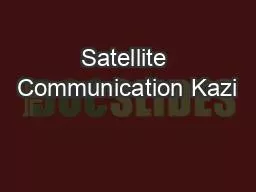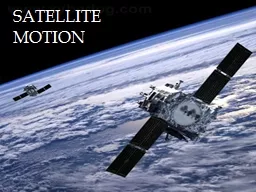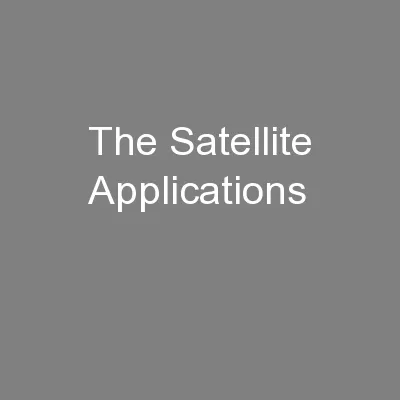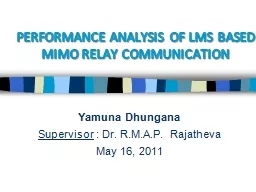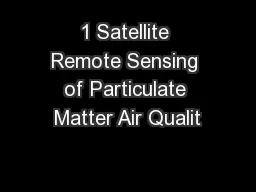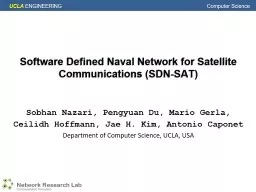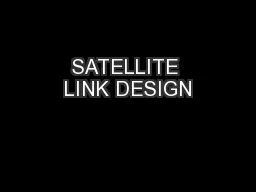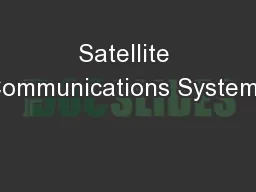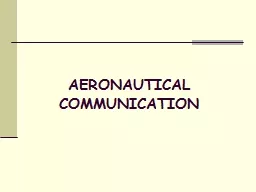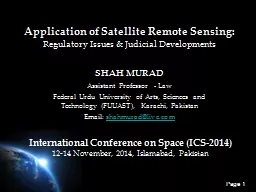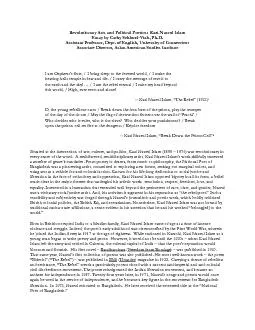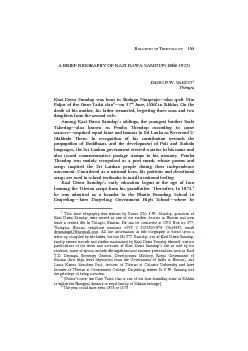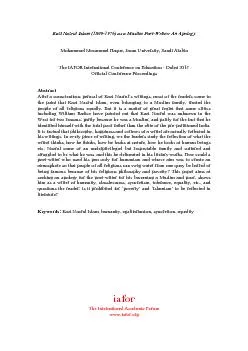PPT-Satellite Communication Kazi
Author : garboardcola | Published Date : 2020-08-04
Zakia Sultana Components A microwave repeater in the sky consisting of transmitter receiver amplifier regenerator mux demux antenna and so on Space segment
Presentation Embed Code
Download Presentation
Download Presentation The PPT/PDF document "Satellite Communication Kazi" is the property of its rightful owner. Permission is granted to download and print the materials on this website for personal, non-commercial use only, and to display it on your personal computer provided you do not modify the materials and that you retain all copyright notices contained in the materials. By downloading content from our website, you accept the terms of this agreement.
Satellite Communication Kazi: Transcript
Download Rules Of Document
"Satellite Communication Kazi"The content belongs to its owner. You may download and print it for personal use, without modification, and keep all copyright notices. By downloading, you agree to these terms.
Related Documents

